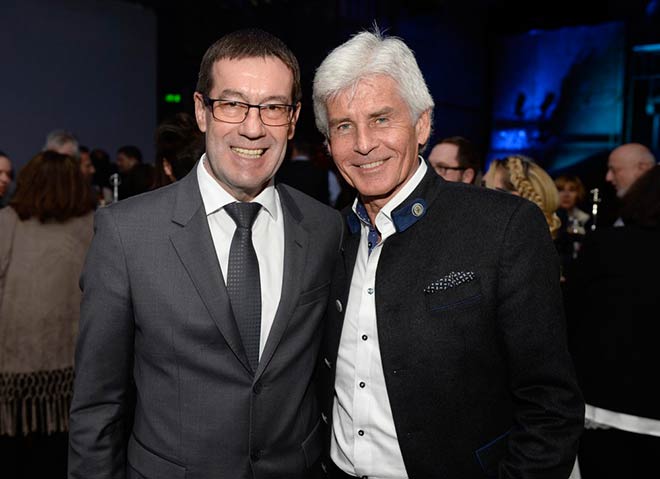
To create the sculptural form, Echelman works with teams both inside and outside her studio. Each time a single knot moves in the wind, the location of every other knot in the sculpture’s surface is changed in an ever unfolding dance of human-made creation with the forces of nature beyond our control. These sculptures serve as symbols of interconnectedness - composed of countless intertwined fibers.
#EARTHTIME 1.26 SERIES#
The Earthtime sculpture series seeks to heighten our awareness about the way we are all interconnected with one another and our planet. I invite viewers to pause beneath my sculpture for a moment to contemplate our interconnectedness with each other and our planet, and to become aware of our own sensory experience." - Janet Echelman Descriptionīetween August 11th and October 3rd, 2021, Janet Echeman’s Earthtime 1.26 sculpture was exhibited at Munich’s Odeonsplatz, presented by Mercedes-Benz. My artwork reflects an interconnectedness of opposites - flexibility with strength, earth with sky, things we can control with the forces beyond us.

#EARTHTIME 1.26 INSTALL#
Petersburg, FL (2020), mist sculpture Pulse (2018) in front of Philadelphia City Hall, Dream Catcher (2017) on the Sunset Strip in West Hollywood, CA, Impatient Optimist (2015) at the Bill & Melinda Gates Foundation in Seattle, Every Beating Second (2011) at San Francisco International Airport, Her Secret Is Patience (2009) in downtown Phoenix, and She Changes (2005) in Porto, Portugal." I'm excited to install Earthtime 1.26 Munich in the historic Odeonsplatz, where past and present intertwine to create a dynamic urban now. Her permanent commissions have transformed urban environments worldwide, and include Bending Arc at the newly renovated Pier in St. Oprah ranked Echelman’s work #1 on her List of 50 Things That Make You Say Wow!, and she recently received the Smithsonian American Ingenuity Award in Visual Arts, honoring “the greatest innovators in America today.” Recipient of the Guggenheim Fellowship, Harvard Loeb Fellowship, Aspen Institute Henry Crown Fellowship, and Fulbright Lectureship, Echelman was named an Architectural Digest Innovator for “changing the very essence of urban spaces.” Her TED talk “Taking Imagination Seriously” has been translated into 35 languages with more than two million views.
#EARTHTIME 1.26 SOFTWARE#
Using unlikely materials from fishnet to atomized water particles, Echelman combines ancient craft with original computational design software to create artworks that have become focal points for urban life on four continents. Her work defies categorization as it intersects across disciplinary boundaries, from fine art, architecture, and urban design, to material science, computer science, and structural and aeronautical engineering. The art shifts from being an object you look at, to something you can get lost in. Janet Echelman is an artist who creates experiential sculpture at the scale of buildings that transform with wind and light. Through informal lectures, workshops, and public talks, they will create conversations highlighting the potential of interdisciplinary interests and linkages to spark new ideas and advance knowledge in diverse fields. Together, they will also embark on a broader collaborative project at MIT, aiming to establish new connections between technology, art, design, visualization, mathematics, and materials across departments and research groups. Mueller, Echelman, and collaborators will collectively experiment with the application of such methods to artistic design processes, and test emerging design tools with physical prototypes. With her Digital Structures research group, Mueller focuses on the creative integration of performance criteria in design, leveraging advances in optimization and machine learning to improve the fluidity and flexibility of computational design tools. Professor Caitlin Mueller and artist Janet Echelman collaborate with technologist David Feldman and graduate student Adam Burke to explore and test new opportunities for algorithmic design and engineering simulation to contribute to the creation and production of large-scale tensile sculpture, focusing on the fiber-based material systems and software tools that Echelman has pioneered with her studio. Eugene McDermott Award in the Arts at MIT.School of Humanities, Arts, & Social Sciences.

Frontiers in Science, Technology, and the Arts.


 0 kommentar(er)
0 kommentar(er)
